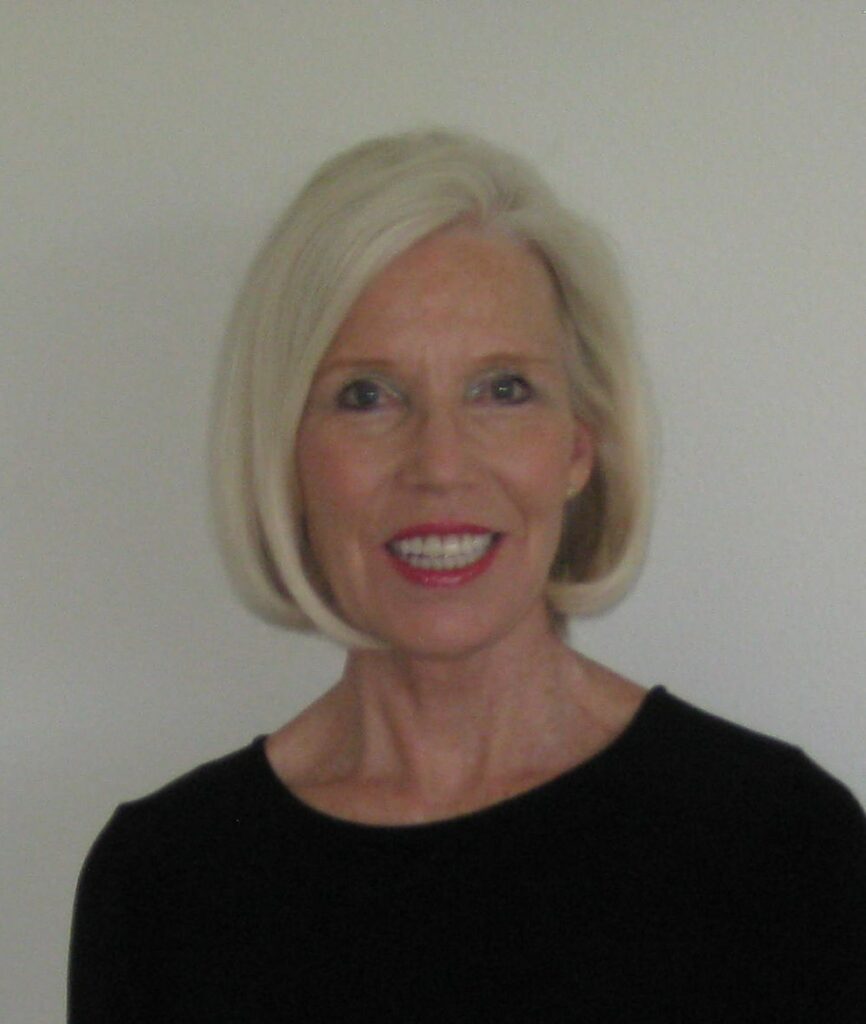As we navigate through life, it is very easy to find ourselves going from one obligation to another. It is normal for us to juggle multiple critical responsibilities at one time, including the combination of studying, working, raising children, caring for a loved one and volunteering. Of course, these combinations change somewhat with each life passage. However, in all cases, when we try to juggle too much and get sucked into doing too many things for others, we face a loss of stability and control over our lives.
In our professional and personal lives, mastering the art of setting healthy boundaries is crucial for preserving self-worth and well-being. Being able to chart our own path and decline when needed are key to success. It’s a way to show self-value and prevent others from defining us.
What are healthy personal boundaries?

Healthy personal boundaries can be defined as the limits we set with other people and reflect what we find acceptable and unacceptable in their behavior towards us. The ability to know our boundaries generally comes from a healthy sense of self-worth, or valuing ourselves in a way that is not contingent on other people or the feelings they have toward us.
How do you establish healthy personal boundaries?
1. Understand Your Values
Identifying and understanding your values is the first step in setting personal boundaries. What matters most to you? Honesty, respect, independence? Recognizing these core values will help you determine where you need to set boundaries.
2. Communicate Clearly
The foundation of personal boundaries lies in clear communication. Be direct and assertive about your needs and limits without being aggressive. Expressing yourself clearly reduces misunderstandings and builds healthier relationships.
3. Start Small
If the idea of setting boundaries seems daunting, start small. Practice saying no to minor requests before tackling bigger issues. This gradual approach will build your confidence and assertiveness over time.
4. Learn to Say No

Saying no is a powerful tool in establishing personal boundaries. It’s okay not to always be available or agreeable. Giving yourself permission to decline requests that don’t align with your values or current priorities is essential for your well-being.
5. Prioritize Self-Care
Taking care of your needs is not selfish; it’s necessary. Ensuring you have alone time, engaging in activities you enjoy, and maintaining your health are all forms of self-care that reinforce your boundaries.
6. Practice Self-Reflection
Regularly take time to reflect on your boundaries. Are they being respected? Do they need adjusting? Self-reflection ensures your boundaries continue to serve your well-being as your life and relationships evolve.
7. Be Prepared for Pushback
Not everyone will react positively to your boundaries. Be prepared for some pushback and stay firm. Remember, the purpose of personal boundaries is to protect your well-being. Those who respect your boundaries are likely to contribute positively to your life.
8. Have faith in yourself.

Ultimately, you know what is best for you. While it is wise to solicit input from others as part of the decision-making process, don’t let anyone else make the decisions for you. Healthy boundaries make it possible for you to respect your strengths, abilities, and individuality as well as those of others. Signs that you are demonstrating unhealthy boundaries are when you take on the “victim” role, promote neediness, or are needy; want to be rescued, or are the rescuer. Whenever this happens, pull yourself back and reestablish boundaries that will work for you for a successful and healthy life.
Written by: Patricia K. Flanigan, Smart Strategies for Successful Living
 Patricia K. Flanigan is a vibrant and passionate advocate for quality living and aging. She has dedicated over 28 years to working in higher education, but now enjoys a more peaceful lifestyle as the founding director and writer of Smart Strategies for Successful Living. In her free-time, she cherishes spending quality time with her family and friends, as well as getting out into nature with her beloved Samoyed dog, Wylie. Patricia loves helping others age gracefully and shares her wisdom through her content to promote the ultimate success in living.
Patricia K. Flanigan is a vibrant and passionate advocate for quality living and aging. She has dedicated over 28 years to working in higher education, but now enjoys a more peaceful lifestyle as the founding director and writer of Smart Strategies for Successful Living. In her free-time, she cherishes spending quality time with her family and friends, as well as getting out into nature with her beloved Samoyed dog, Wylie. Patricia loves helping others age gracefully and shares her wisdom through her content to promote the ultimate success in living.
For your link to Smart Strategies for Successful Living, CLICK HERE.
Discover More…
- Unlock the secret to a happier, healthier lifestyle by delving into additional captivating articles on our website at: Smart Strategies for Successful Living.
- Enjoy our uplifting and inspiring videos on our YouTube channel at: CLICK HERE.
- For more resources on Lifestyle: CLICK HERE.
Check Out Our Captivating Videos
![]() About Smart Strategies for Successful Living: CLICK HERE.
About Smart Strategies for Successful Living: CLICK HERE.
![]() Your Journey of Self-Discovery: CLICK HERE.
Your Journey of Self-Discovery: CLICK HERE.
![]() Our YouTube Channel: CLICK HERE.
Our YouTube Channel: CLICK HERE.
Related Videos Worth Watching
![]() The Essentials of Successful Thinking: CLICK HERE.
The Essentials of Successful Thinking: CLICK HERE.
![]() Smart Ways to Sharpen Your People Skills: CLICK HERE.
Smart Ways to Sharpen Your People Skills: CLICK HERE.
![]() The Winning Secret to Successful Relationships: CLICK HERE.
The Winning Secret to Successful Relationships: CLICK HERE.
![]() Cultivating Your Rhythm in Life for Balance and Harmony: CLICK HERE.
Cultivating Your Rhythm in Life for Balance and Harmony: CLICK HERE.
![]() Cultivate Your Success: Master the Art of Confidence: CLICK HERE.
Cultivate Your Success: Master the Art of Confidence: CLICK HERE.








